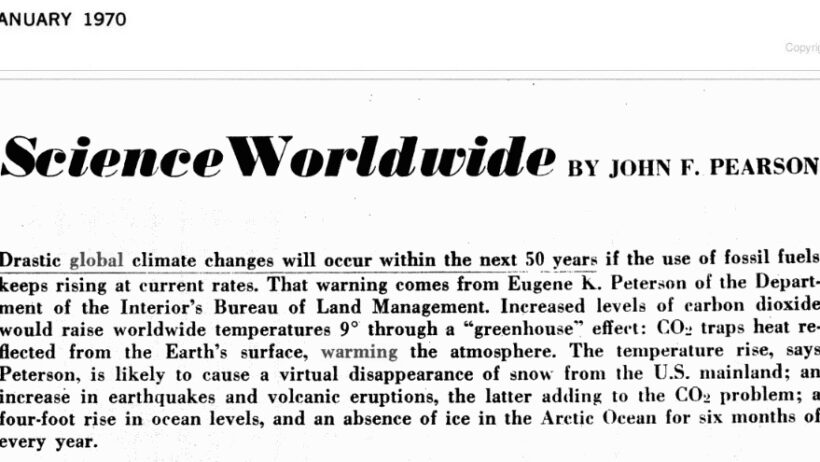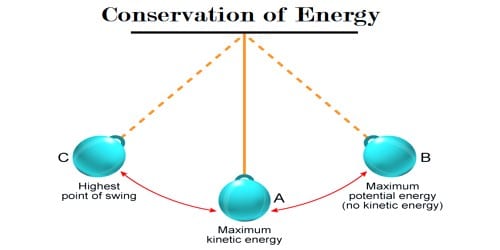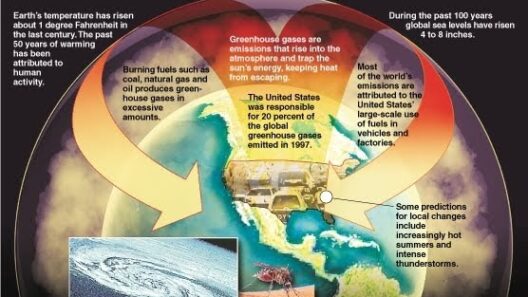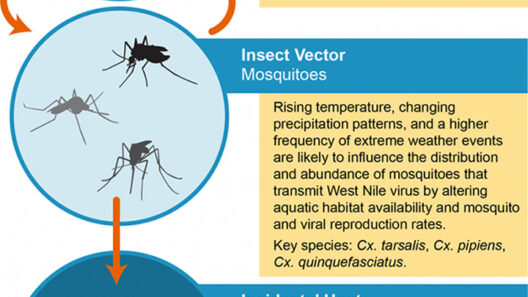The theory of global warming has evolved over more than a century, shaped by scientific inquiry, societal changes, and environmental crises. Understanding its development requires delving into historical milestones, pivotal scientific discoveries, and the consequent shifts in public perception that have framed the climate change narrative.
The origins of the global warming theory can be traced back to the early 19th century. In 1824, French physicist Joseph Fourier posited that Earth’s atmosphere acts as an insulator, trapping heat from the sun. Fourier’s insights laid the groundwork for what would later be known as the greenhouse effect—a fundamental concept in climate science. This notion remained mostly theoretical until the late 19th century, when scientists, like John Tyndall, discovered specific gases, including carbon dioxide and methane, played critical roles in this heat-trapping process. Tyndall’s experiments demonstrated how different gases can absorb infrared radiation, establishing a crucial link between atmospheric composition and temperature regulation.
Fast forward to the 20th century, when scientific advancements burgeoned alongside industrial growth. The burgeoning reliance on fossil fuels led to an increase in carbon emissions, prompting researchers to deepen their investigations into not just the greenhouse effect but also its potential consequences. In 1938, engineer Guy Stewart Callendar published a paper that famously indicated a rise in atmospheric CO2 and its correlation with global temperature increases. Callendar’s work ignited interest in the idea that human activities could influence climate. However, widespread acknowledgment of human-driven climate change was still in its infancy.
In the post-World War II era, scientific scrutiny intensified. With advanced computing power and more sophisticated climate models, researchers began to conduct more precise simulations of Earth’s climate system. By the 1960s, concern over air pollution and its environmental impacts garnered public attention. However, the concept of global warming itself still struggled for legitimacy, often dismissed as speculative or exaggerated. This changed dramatically in 1975 when scientist Wallace Broecker introduced the term “global warming” in his famous paper, “Climate Change: Are We on the Brink of a Pronounced Global Warming?” His work not only articulated the challenges of climate variability but also highlighted the urgency of addressing human-induced impacts.
The turning point came in the late 20th century. In 1988, the Intergovernmental Panel on Climate Change (IPCC) was established, an international body tasked with assessing scientific information relevant to climate change. The IPCC’s foundational goal was to provide policymakers with comprehensive data. By the early 1990s, the IPCC’s reports took a more assertive stance, presenting evidence that linked human activities—particularly fossil fuel usage and deforestation—with global warming. Such mounting evidence galvanized public discourse and heightened awareness.
At the same time, pop culture began to reflect the burgeoning urgency surrounding environmental issues. In 1992, the Earth Summit in Rio de Janeiro marked a milestone in environmental diplomacy, bringing together world leaders to discuss sustainable development and climate action. This summit catalyzed efforts to address global warming and led to the establishment of the United Nations Framework Convention on Climate Change (UNFCCC). Such events began to make climate change a household topic, ingraining it into political agendas across the globe.
Entering the 21st century, the consequences of climate change became increasingly undeniable. Observations of rising sea levels, severe droughts, and unprecedented weather patterns captured global attention. In 2006, Al Gore’s documentary, “An Inconvenient Truth,” played an essential role in raising public consciousness. Gore’s presentation effectively combined scientific data with emotive storytelling, fostering a heightened sense of urgency among viewers worldwide. This media portrayal underscored the imperative to act, thereby fuelling grassroots movements advocating for climate justice and accountability.
Despite the overwhelming scientific consensus on climate change, skepticism and denial persisted. Political ideologies often influenced public opinion, leading to polarized perceptions regarding climate science. Nevertheless, as climate anomalies became more pronounced, the evidence of global warming became irrefutable. The 2015 Paris Agreement exemplified significant international collaboration aimed at combating climate change, striving to limit global temperature rise and promote sustainable development.
As the scientific community continues to amass data, the narrative around global warming is frequently reshaped. Today, climate science probes deeper into the nuance of climate systems, exploring tipping points that could lead to irreversible changes. Research is ongoing, and discourse has expanded to include the socio-economic ramifications of climate change, emphasizing the importance of an equitable transition to sustainable practices.
The development of the theory of global warming illustrates a compelling evolution from obscure scientific inquiry to a critical global issue requiring immediate action. Each discovery, each climate anomaly, and each public dialogue has contributed to a richer understanding of our planet’s ecological balance. As these discussions continue to evolve, it is crucial for society to remain engaged, informed, and proactive. The story of global warming is no longer only about science; it is about humanity and our future on this planet. Embracing this collective challenge may hold the promise of not just adaptation but a profound transformation in how we perceive and interact with our environment.
In conclusion, the journey of the global warming theory reflects the intricate interplay between science, society, and the environment. As we move forward, fostering curiosity and a sense of responsibility towards the planet will be essential in crafting solutions that ensure a sustainable future for generations to come.








